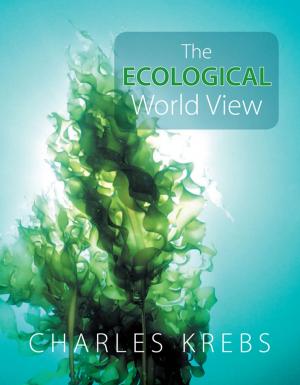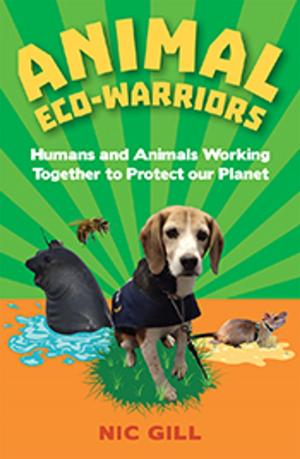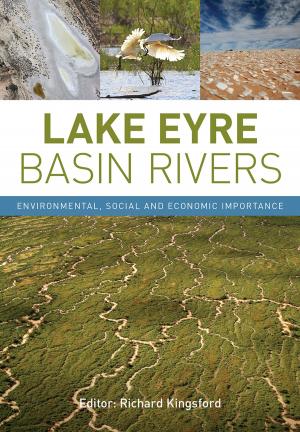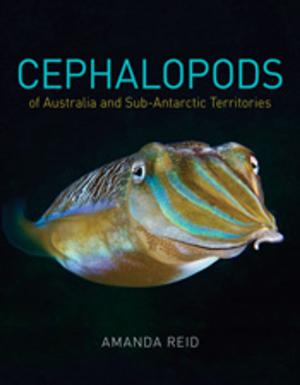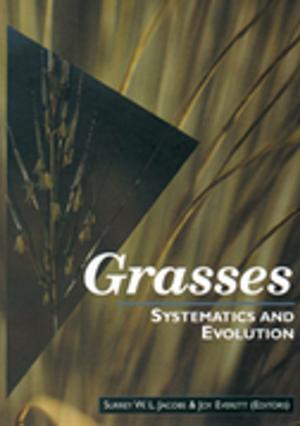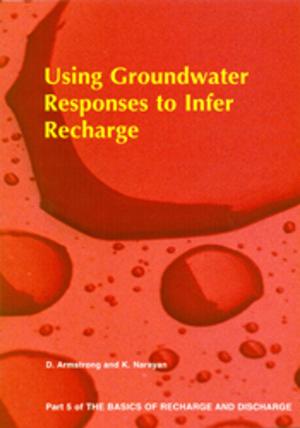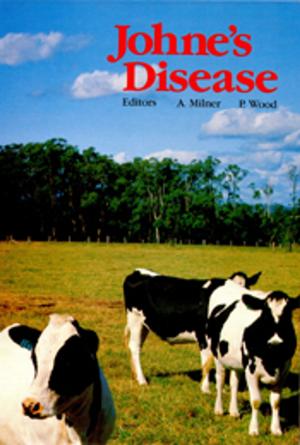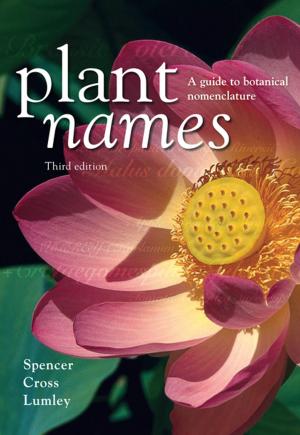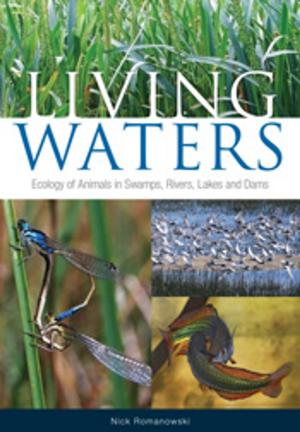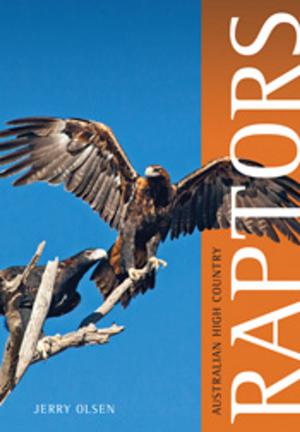Growing Crops with Reclaimed Wastewater
Nonfiction, Science & Nature, Technology, Science, Business & Finance| Author: | ISBN: | 9780643099036 | |
| Publisher: | CSIRO PUBLISHING | Publication: | May 2, 2006 |
| Imprint: | CSIRO PUBLISHING | Language: | English |
| Author: | |
| ISBN: | 9780643099036 |
| Publisher: | CSIRO PUBLISHING |
| Publication: | May 2, 2006 |
| Imprint: | CSIRO PUBLISHING |
| Language: | English |
This comprehensive work examines the fundamentals required for reclaimed water schemes to deliver sustainable farming operations that achieve the yield and quality of produce necessary for acceptance in the market. Growing Crops with Reclaimed Wastewater reviews the historical background of water treatment, its use and disposal from Australian wastewater treatment facilities and the technologies now utilised to treat our wastewater for reuse. The major concerns of chemical, physical and pathological qualities of reclaimed water are addressed, ensuring that the environmental, economic and social requirements of today’s society are met. It reviews the state and national regulatory requirements and guidelines that have made Australia a world leader in the management of reclaimed water and also examines the guidance in the United States of America (Federal) and in California, the World Health Organization guidance and the situation in Israel. This is the first time such a definitive review has been produced on the use of wastewater for horticulture and it will be a key tool for decision makers, researchers and practitioners to understand the main issues and constraints. It will be of particular interest to agricultural scientists, waste and horticulture consultants, engineers, planners, state agencies, environmental officers and students.
This comprehensive work examines the fundamentals required for reclaimed water schemes to deliver sustainable farming operations that achieve the yield and quality of produce necessary for acceptance in the market. Growing Crops with Reclaimed Wastewater reviews the historical background of water treatment, its use and disposal from Australian wastewater treatment facilities and the technologies now utilised to treat our wastewater for reuse. The major concerns of chemical, physical and pathological qualities of reclaimed water are addressed, ensuring that the environmental, economic and social requirements of today’s society are met. It reviews the state and national regulatory requirements and guidelines that have made Australia a world leader in the management of reclaimed water and also examines the guidance in the United States of America (Federal) and in California, the World Health Organization guidance and the situation in Israel. This is the first time such a definitive review has been produced on the use of wastewater for horticulture and it will be a key tool for decision makers, researchers and practitioners to understand the main issues and constraints. It will be of particular interest to agricultural scientists, waste and horticulture consultants, engineers, planners, state agencies, environmental officers and students.

